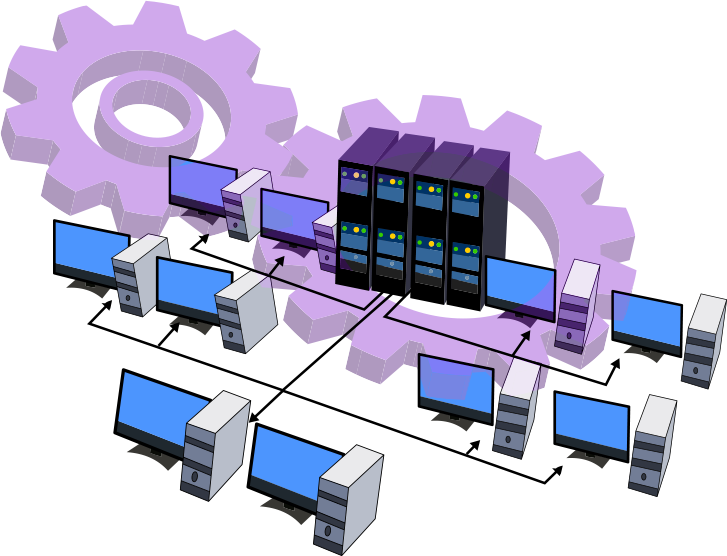INFRASTRUCTURE
AUTOMATION
Infrastructure automation is the key to reliable, efficient processes. And Automation of processes that have multiple manual steps and are mission critical, is an enterprise imperative.

Why Enterprises need Infrastructure Automation
Infrastructure consists of predictable routine tasks done over and over again. The slightest error can prove to be costly. Automation allows for greater consistency, eliminates human error, and supports task repeatability.
Early infrastructure consisted of snowflake configurations comprising bare metal servers. Any changes or variations to be effected in hardware configuration or software requirements, required case-by-case manual handling.
Automation replaces manual efforts, dramatically reducing time taken to deploy thousands of servers while simultaneously eliminating snowflakes and configuration drift errors, and allowing one to build and use test environments which are exact copies of production.

Managing Cloud Based Infrastructure
Manually managing servers or even scripts in cloud based environments and at cloud scales is unimaginable. Automation enables one to quickly adapt to diverse cloud based infrastructures.
Infrastructure automation enables deploying servers using practices such as IaC, deploying new applications, or update dependencies to hundreds of servers and/or adding hundreds of additional servers to provide load balancing, handle traffic within in a few minutes.
Firstly, achieving a high degree of uniformity is very important when setting up infrastructure. Automating infrastructure helps achieve the needed uniformity.
Secondly, it helps orchestrate changes across environments in bulk or small portions quickly and effectively. This reduces the burden on developers and helps them focus on developing quality and feature rich software.
Infrastructure-as-a-Code
We are in an era where Infrastructure has become an application, software is replacing infrastructure.
Applying software development principles and practices to Infrastructure is the way forward. Industry has embraced DevOps principals and philosophy reducing the gap between Ops and Dev. These include, 'Configuration Management', ‘Infrastructure as Code', 'Test Driven Development', 'Immutable Infrastructure', and 'Continuous Delivery/Integration/Deployment'.
Peek into the Future
Automated provisioning, configuration management, and deployments are all available. To achieve complete automation, however there is still a need to eliminate all manual steps, processes and manual intervention. The future would have a magical "one-click", zero-downtime, immutable releases ie Automated Infrastructure Orchestration.
What we offer
At Nexii Labs, we have completed multiple projects and finished several case studies to help our clients with Infrastructure automation at their data centers. Our areas of expertise includes,





Case studies
Automation of HPC
(Hosted Private Cloud)
using VRA/VRO
- Tools:
VRA, VRO, NSX, Vcenter, python, ROBOT framework, Servicenow, power VRA, power VRO, power NSX
- Activities:
Automated scenarios to validate Golden BLUEprints against minimum and maximum limits for CPU, RAM, Storage etc.
Designed multi-level BLUEprints to launch complete application stacks which includes – VMs, Network, Load Balancers, Storage etc.
Automated VM backups and recovery using SRM features.
Built private infrastructure using tools such as VRA, VRO, NSX and SRM etc.
Automated the provisioning of Customer on-boarding on private cloud.
Developed VRO based workflows to automate the Customer specific process.
Automation of Application Deployment on AWS using CloudFormation
- Tools:
CloudFormation, Codecommit, CodeBuild, CodeDeploy, CodePipeline.
- Activities:
Automated Build process by using CodeBuild.
Automated application deployment and configuration using CodeDeploy
Implemented continuous delivery using CodePipeline.
Created CloudFormation templates which create alarms based on defined metrics which would in turn help with scaling the application.